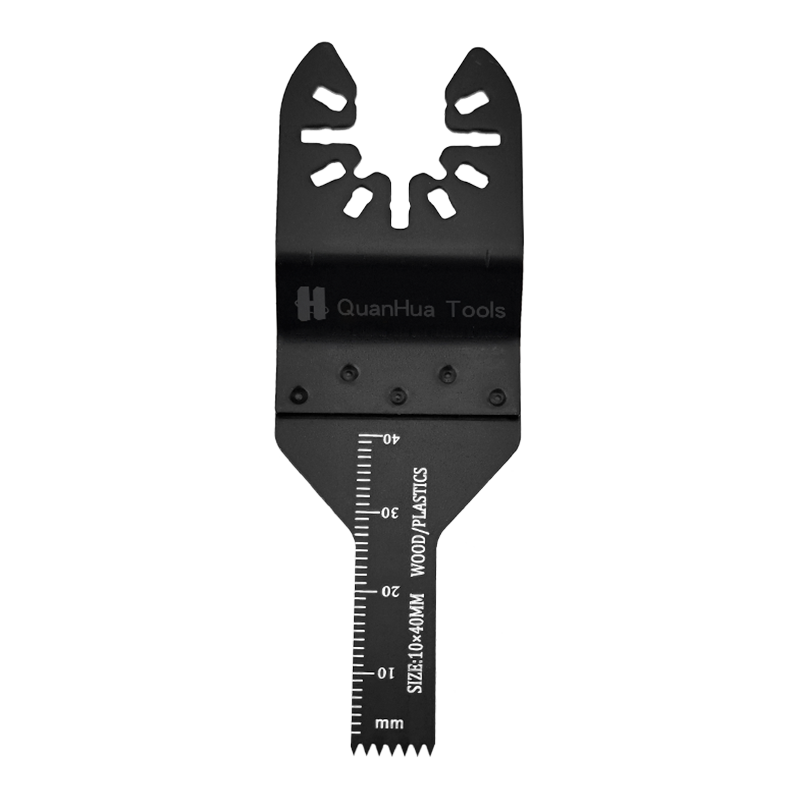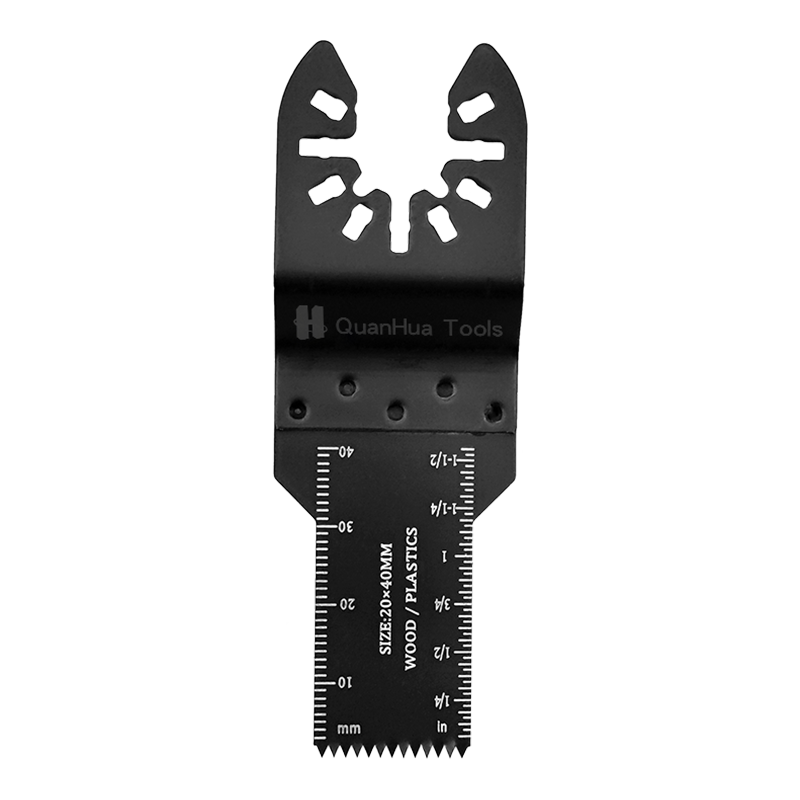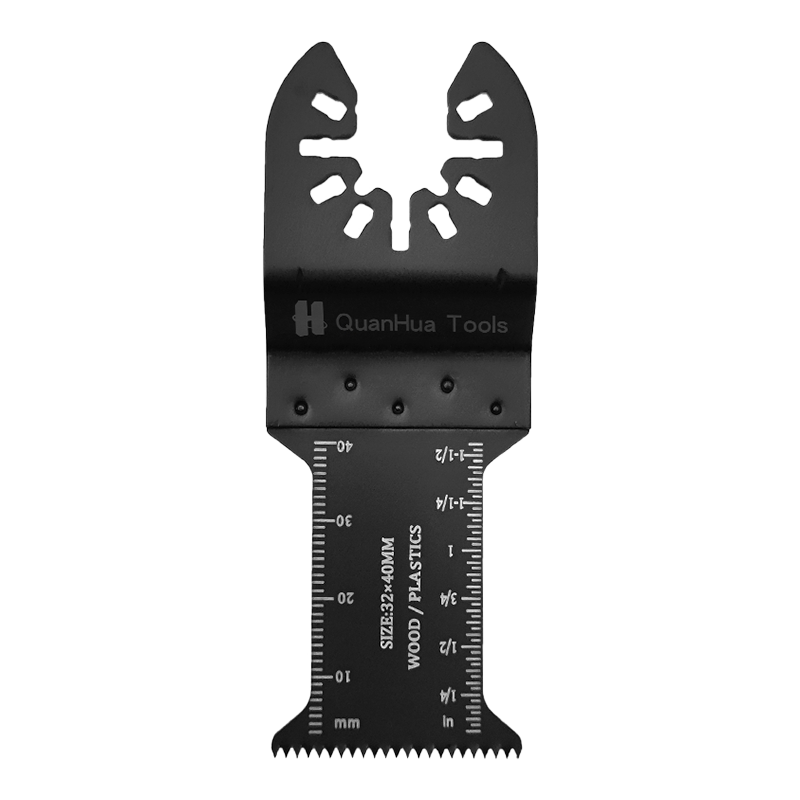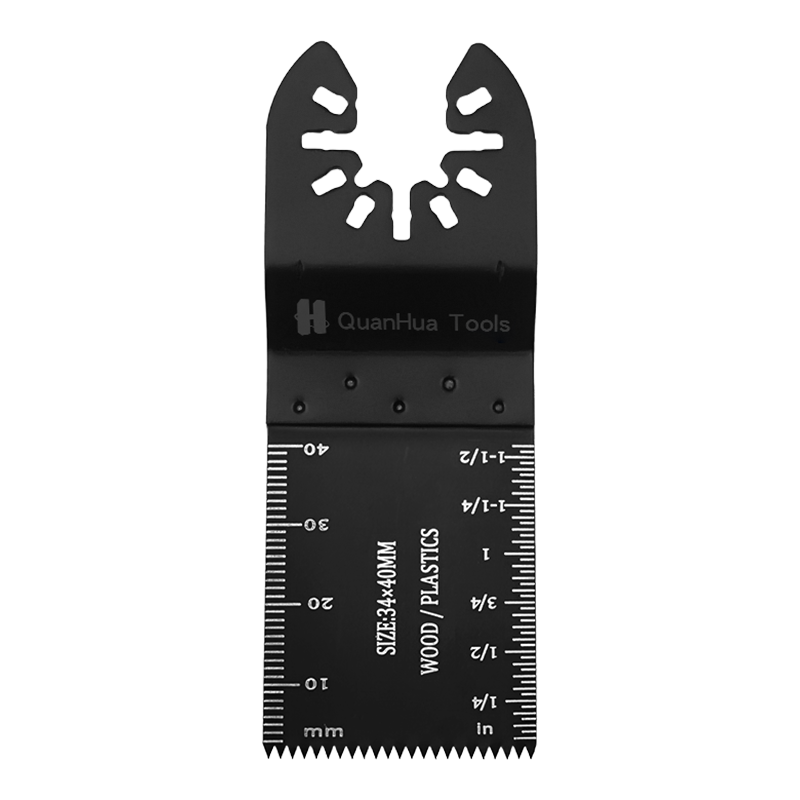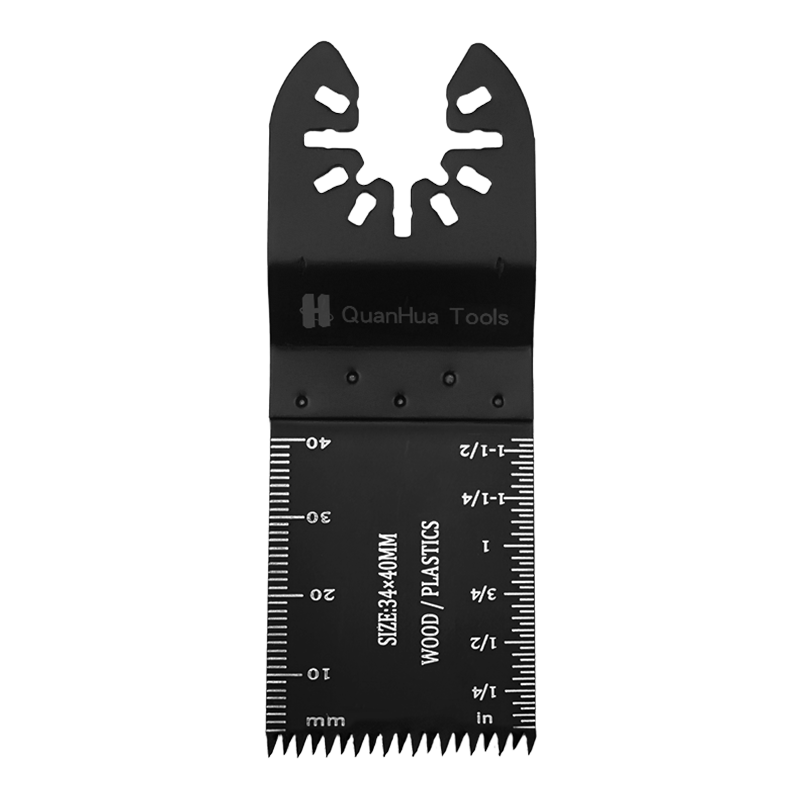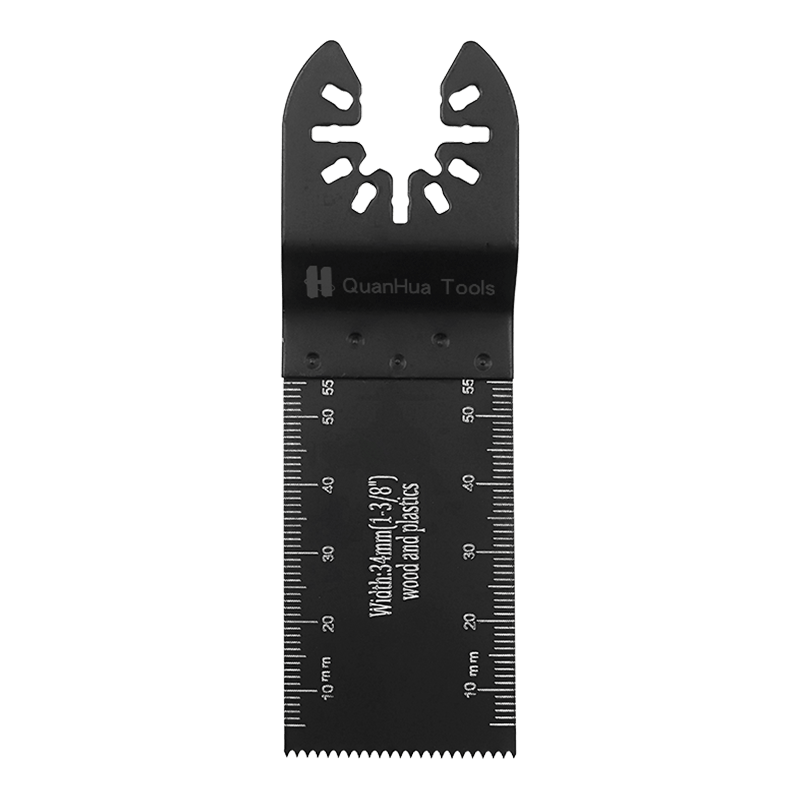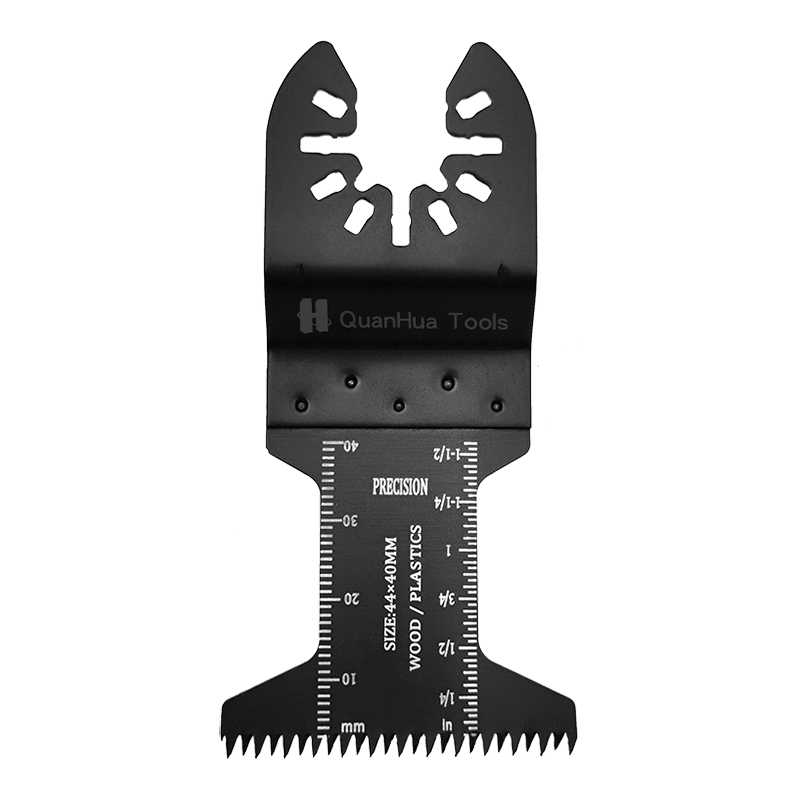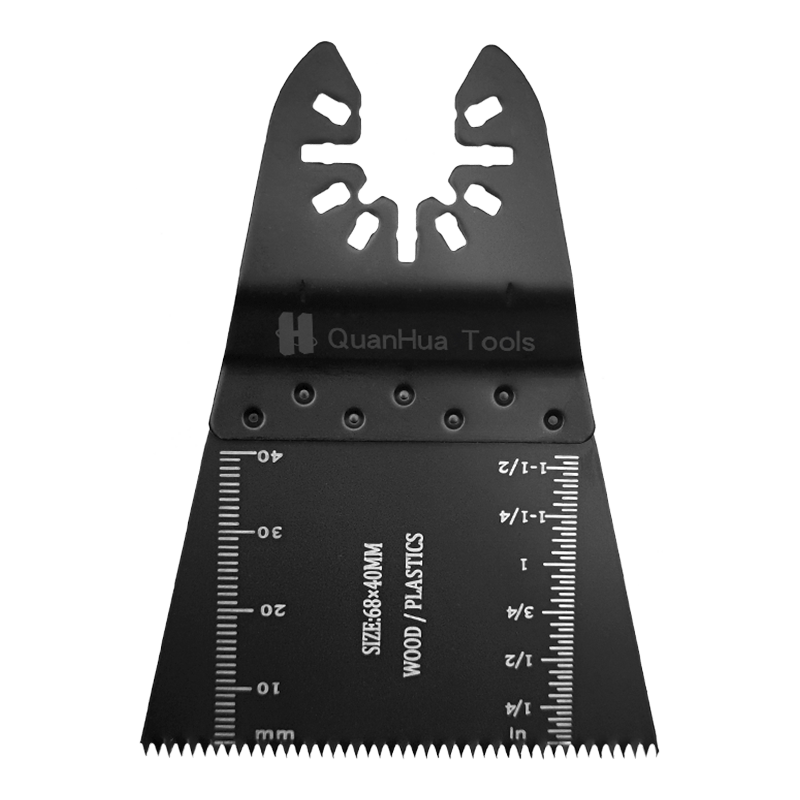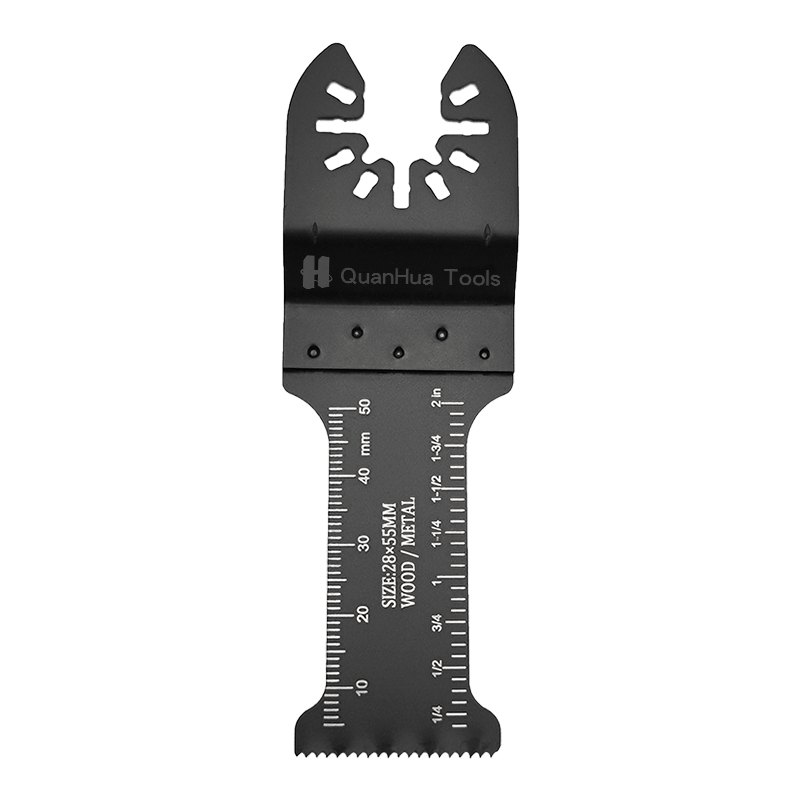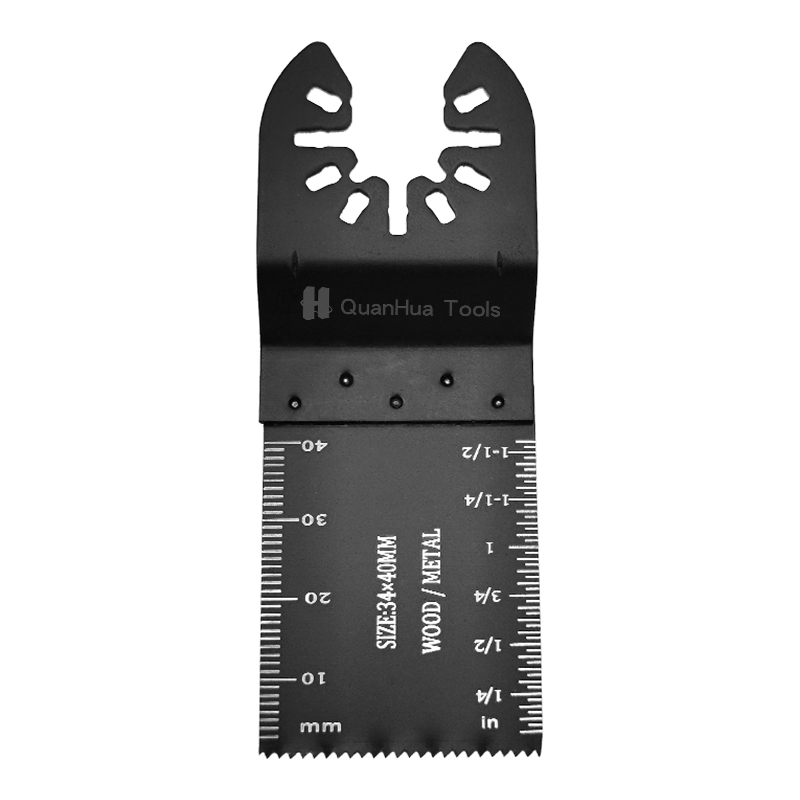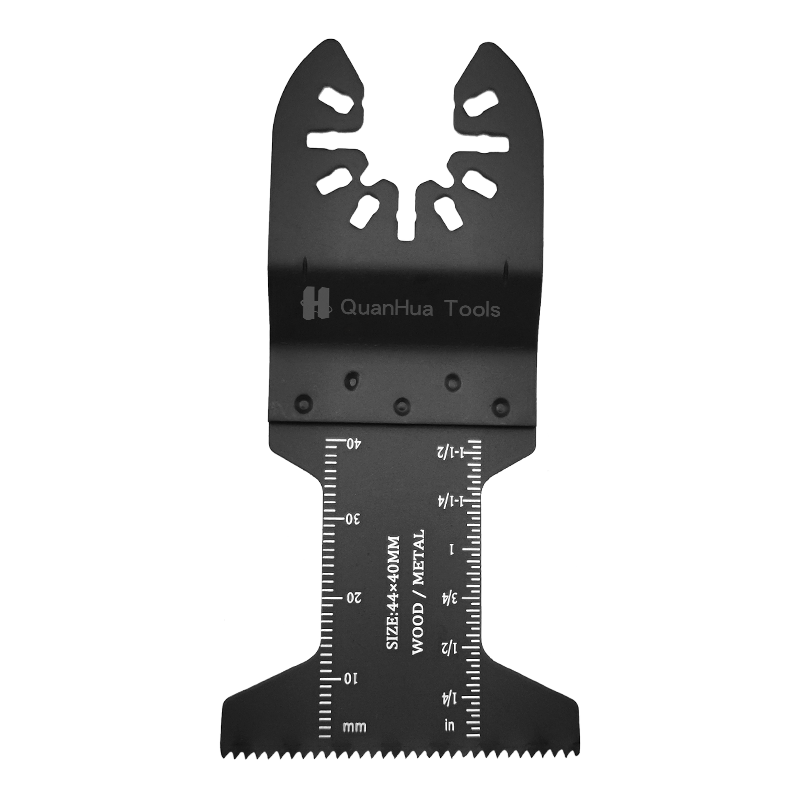Garden saw blades are indispensable tools for pruning trees, cutting thick branches, and trimming shrubs. Like any sharp tool, they come with inherent risks, and improper use can lead to serious injuries. To ensure safe and effective operation, it is essential to follow a few critical safety guidelines. By taking precautions, wearing appropriate protective gear, and ensuring proper maintenance, you can significantly reduce the risks associated with using a garden saw blade.
Wearing the correct protective gear is essential for your safety. Always wear heavy-duty gloves to protect your hands from potential cuts and abrasions. A garden saw blade is incredibly sharp, and even a minor slip can result in injury. Gloves help cushion your hands while offering a better grip on the saw. Safety glasses should be worn to shield your eyes from flying debris, when cutting branches or wood. It's common for small particles to break off during cutting, and without eye protection, these can cause eye injuries. It's also wise to wear sturdy, long-sleeved clothing and pants, which offer added protection against accidental scratches or cuts.
Before using the saw, always inspect the blade thoroughly. Check for any visible damage, such as cracks or bends, which could compromise the integrity of the blade. A damaged blade not only makes cutting more difficult but also poses a serious safety hazard. If the blade shows signs of wear or damage, it should be replaced immediately. Similarly, ensure that the blade is sharp. A dull blade requires more effort to cut through branches and is more likely to slip or bind, increasing the chances of accidents. Sharpening the blade regularly will ensure that it operates efficiently, providing cleaner and safer cuts.
Another crucial aspect of safety is maintaining a firm grip on the saw at all times. Always use both hands when operating the saw, especially when cutting larger or thicker branches. One hand should firmly grip the handle of the saw, while the other hand should support the saw near the base of the blade. This dual grip helps maintain better control over the saw, preventing it from slipping or jerking unexpectedly. Along with a firm grip, it's also important to maintain a stable stance. Stand with your feet shoulder-width apart and make sure you're on solid, even ground. Never attempt to cut from an unstable position or while standing on an unstable surface. This helps avoid any unnecessary movements that could throw off your balance and lead to accidents.
When using the garden saw blade, positioning the blade at the correct angle is vital for both safety and efficiency. The angle at which you hold the blade influences how smoothly it cuts through material. Holding the saw at an improper angle can cause the blade to bind, making the cutting process more difficult and dangerous. Make sure the material you are cutting is securely held in place. If the branch or wood you're cutting shifts unexpectedly, it can cause the saw to lose control and result in injury. Always support larger branches by holding them at a safe distance from where you're cutting, or use clamps to secure them.
Proper lighting is essential for safe operation. Always work in a well-lit area so you can clearly see what you're doing. Poor visibility increases the chances of misjudging your cuts, which could lead to slips, mistakes, or even injury. If you're working in the evening or in darker spaces, use additional lighting sources like work lamps to illuminate your cutting area.
When using a garden saw blade, always remember that controlled and smooth movements are key. Don't rush through the cutting process. Jerking or forcing the blade through tough material can cause it to slip or break, leading to accidents. Use steady, controlled strokes to ensure that the blade moves smoothly through the material. It's also important to cut in the proper direction. When cutting branches, always aim to cut with the grain of the wood. Cutting against the grain can increase the chances of the blade catching or binding, making the cutting process both difficult and dangerous.

